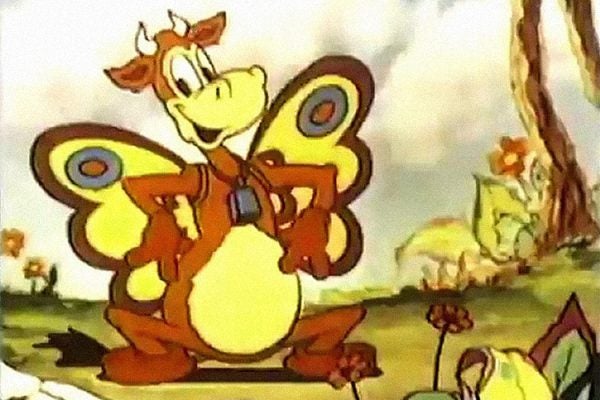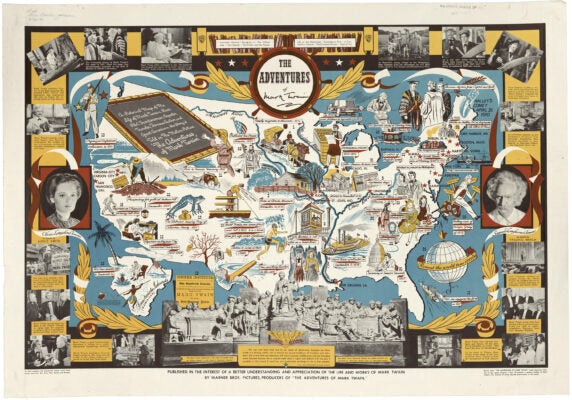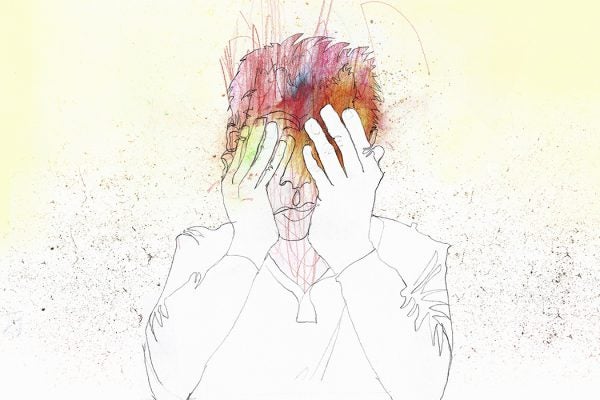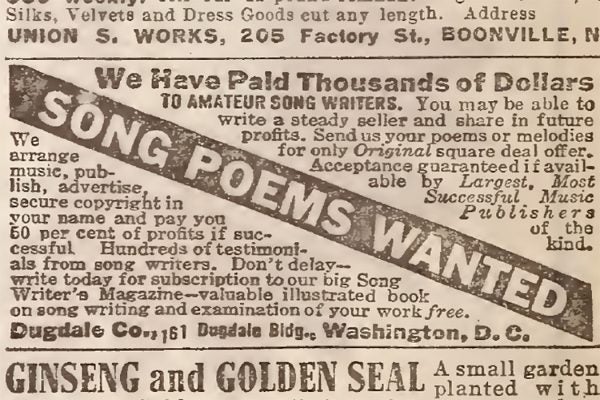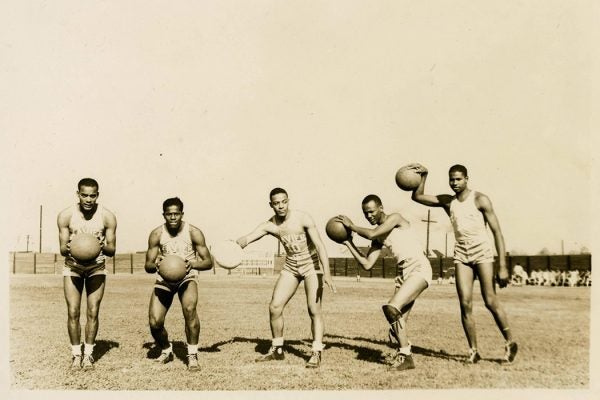The Pre-Captain Planet Eco-Heroes of Animation
Environmentally oriented films from the classical era of Hollywood animation delivered powerful messages about the negative consequences of technological progress.
Pictorial Maps of the United States
Explore US history with these maps of national parks, folklore, 1930s Greyhound bus routes, and more!
The Scholars Charting Black Music’s Timeline: Tammy Kernodle & Stephanie Shonekan
Kernodle and Shonekan explore the contributions of Black Americans to classical music and the importance of music and song for social justice movements.
How Films Can Teach History
By viewing movies like The Manchurian Candidate, students can see one version of history that they can then use to dig deeper, explore more.
Is There a Cure for Information Disorder?
Researchers are concerned not only with our exposure to mis- and disinformation but with the depth of confidence people have in their inaccurate beliefs.
Colonialism Birthed the Zombie Movie
The first feature-length zombie movie emerged from Haitians’ longstanding association of the living dead with slavery and exploited labor.
We’re Going to Need a Bigger Note
Song sharks have been a problem for aspiring lyricists nearly as long as there’s been a music industry.
Do You Trust Your Democratic Representatives?
Scholars of politics and media have been tracking an ongoing collapse of trust in representative democracy's core institutions. What's at stake?
Pantheon of Superheroes
The groundbreaking team at Milestone Comics infused Static, Hardware and their other creations with Afrocentric dynamism, paving the way for T’Challa’s mainstream success.
The Visual Medium Has a Message
How does the medium in which an image is rendered, its materiality, shape our perception of the subject matter?
